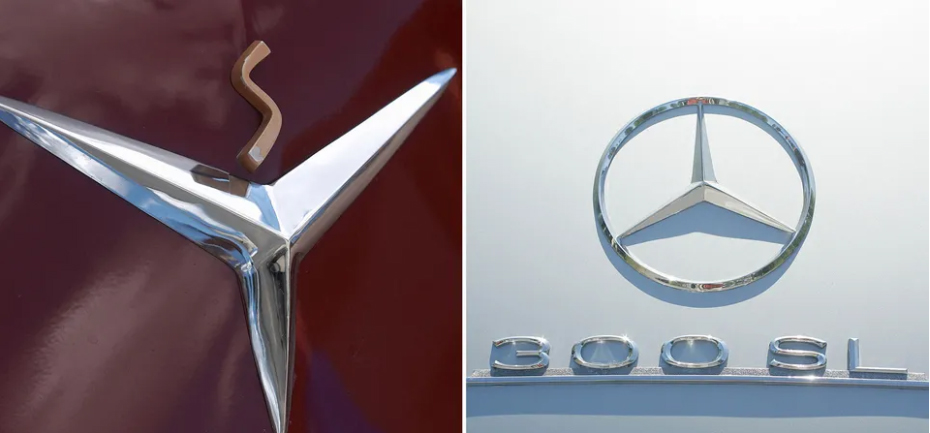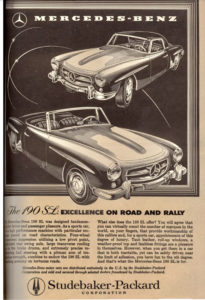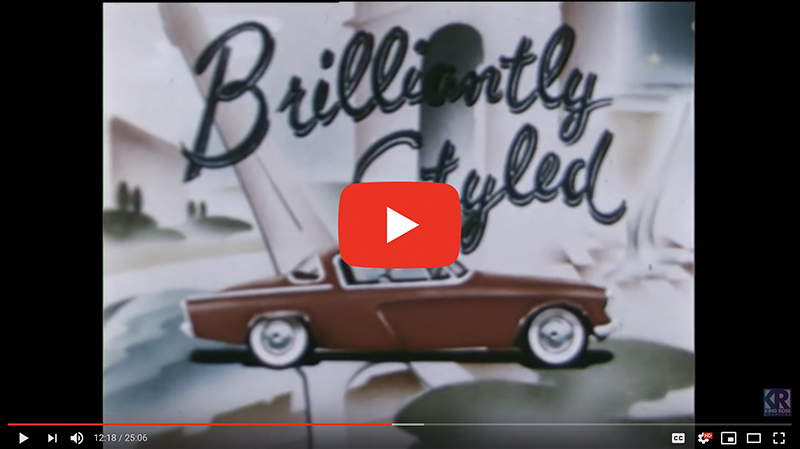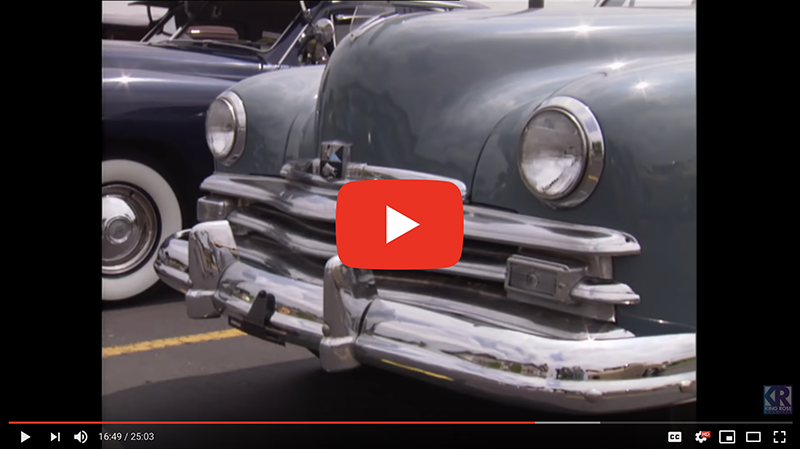
Articles
Unlikely as it may seem, the luxury German automaker tried to boost U.S. sales with a dying American brand
The Baby Duesenberg
Jay Leno’s Garage features the 1936 Cord 810/812: The Beautiful Baby Duesenberg That Never Caught On. Marking its 75th anniversary this year, the classic Cord 810/812 flopped in the 1930s because of an early reputation for unreliability. Nevertheless, it’s one of the most beautiful sedans in Jay Leno’s garage.
Great Cars: Orphan Cars
Edsel, Corvair, Hudson, Studebaker, Hupmobile, Crosley, Maxwell and more — these are the Orphan cars. Every summer out on the edge of Ypsilanti, Michigan a group of car lovers gather for a car show that has been called eccentric, misguided or just fun. This passionate bunch of auto fanatics hauls out a group of ghost cars that they’ve nurtured for years. These are cars that fizzled and died out. Many of these “orphan cars” had unusual design and engineering features. They were created by people willing to go out on a limb. Unfortunately, the limb broke. But there are dedicated people who savor these marques and have turned these underdogs into show winners. It’s a salute to the fallen that intrigues everyone who attends. Here, King Rose Archives presents a video on Orphan Cars.
Great Cars: Kaiser
Almost everyone knows about Kaiser Permanente — the nationwide HMO but very few have any idea that it sprang from the mind of one of America’s most spectacular entrepreneurs – Henry J. Kaiser. He built the Grand Coulee and Hoover dams, launched more ships than any other builder during World War Two, opened the first steel mill on the West Coast and introduced quilted “Kaiser Aluminum Foil.” In 1945, this legendary California industrialist partnered with automobile executive Joe Frazer to meet the post War demand for cars. The resulting Kaiser-Frazer autos were the last real challenge to the dominance of the Big Three. From 1948 to the mid-‘50’s, Kaiser’s incredible energy created a stir that’s still being felt today. His passenger cars faded away but his transformation of the Jeep from the soldiers’ buddy to an everyday SUV changed the world. Here, King Rose Archives presents a video on Kaiser.
Striking a Cord: 1936 Cord 810 Westchester
The Cord is considered by many enthusiasts to be one of the most aesthetically successful American-built cars of the mid 1930s. Its timeless proportions boasted sleek, distinctive, and unique design innovations, such as retractable headlights — individually raised and lowered by small crank handles located on the dash in front of the driver and passenger — the total elimination of running boards, a front-latched bonnet opening, ‘coffin-nose’ front-end styling, and teardrop-shaped front guards, all of which influenced other manufacturers’ designs in subsequent years. In addition to masterful design, the Cord incorporated radical engineering, including the use of front-wheel drive and an optional supercharged engine …








